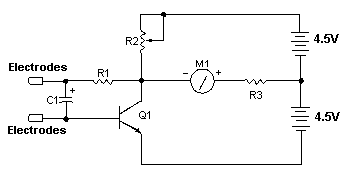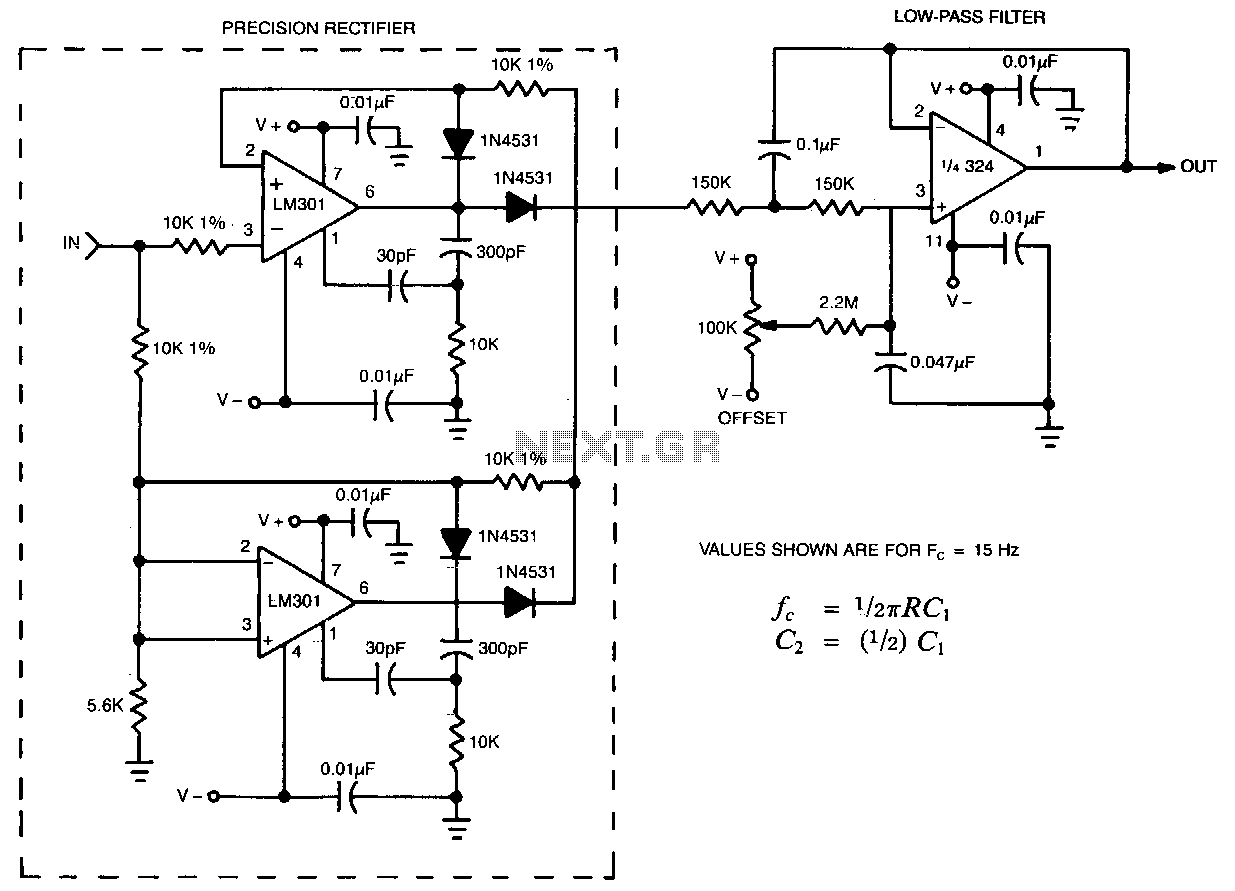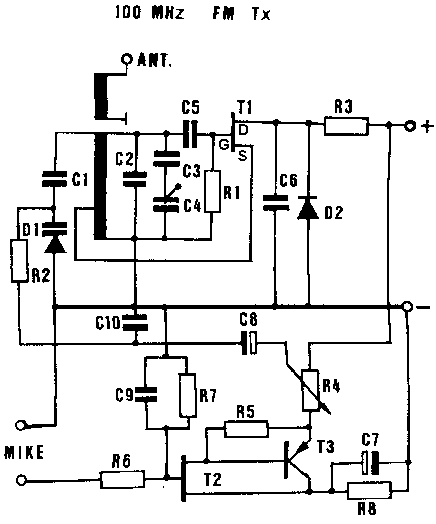
Small Lie Detector

Here's a simple lie detector that can be built in a few minutes, but can be incredibly useful when you want to know if someone is really telling you the truth. It is not as sophisticated as the ones the professionals use, but it works. It works by measuring skin resistance, which goes down when you lie.
The described lie detector circuit operates on the principle of galvanic skin response (GSR), which reflects changes in the electrical resistance of the skin. This resistance is influenced by sweat gland activity, which typically increases during emotional responses, such as lying.
The basic components required for this circuit include a power source (typically a 9V battery), two electrodes (which can be made from conductive materials such as copper or stainless steel), a microcontroller or an operational amplifier for signal processing, a resistor for voltage division, and an analog-to-digital converter (ADC) if digital output is required.
The electrodes are placed on the subject's skin, usually on the fingers or palm. As the subject responds to questions, the circuit measures the resistance between the electrodes. The output voltage from the GSR circuit can be displayed on an LED display or a simple analog meter, providing a visual indication of the skin's resistance level.
For a more sophisticated design, a microcontroller can be programmed to analyze the resistance values and provide a more nuanced output, such as a threshold indicator that activates when resistance drops below a certain level, suggesting potential deception.
It is essential to calibrate the device before use, ensuring that the baseline resistance is established for each individual, as skin resistance can vary significantly between subjects due to factors such as hydration, skin condition, and ambient temperature.
While this lie detector circuit is simple and can be constructed quickly, it is important to note that its accuracy and reliability are not comparable to professional-grade polygraph machines, which incorporate multiple physiological measurements and advanced algorithms for analysis.Here`s a simple lie detector that can be built in a few minutes, but can be incredibly useful when you want to know if someone is really telling you the truth. It is not as sophisticated as the ones the professionals use, but it works. It works by measuring skin resistance, which goes down when you lie. 🔗 External reference
The described lie detector circuit operates on the principle of galvanic skin response (GSR), which reflects changes in the electrical resistance of the skin. This resistance is influenced by sweat gland activity, which typically increases during emotional responses, such as lying.
The basic components required for this circuit include a power source (typically a 9V battery), two electrodes (which can be made from conductive materials such as copper or stainless steel), a microcontroller or an operational amplifier for signal processing, a resistor for voltage division, and an analog-to-digital converter (ADC) if digital output is required.
The electrodes are placed on the subject's skin, usually on the fingers or palm. As the subject responds to questions, the circuit measures the resistance between the electrodes. The output voltage from the GSR circuit can be displayed on an LED display or a simple analog meter, providing a visual indication of the skin's resistance level.
For a more sophisticated design, a microcontroller can be programmed to analyze the resistance values and provide a more nuanced output, such as a threshold indicator that activates when resistance drops below a certain level, suggesting potential deception.
It is essential to calibrate the device before use, ensuring that the baseline resistance is established for each individual, as skin resistance can vary significantly between subjects due to factors such as hydration, skin condition, and ambient temperature.
While this lie detector circuit is simple and can be constructed quickly, it is important to note that its accuracy and reliability are not comparable to professional-grade polygraph machines, which incorporate multiple physiological measurements and advanced algorithms for analysis.Here`s a simple lie detector that can be built in a few minutes, but can be incredibly useful when you want to know if someone is really telling you the truth. It is not as sophisticated as the ones the professionals use, but it works. It works by measuring skin resistance, which goes down when you lie. 🔗 External reference





